Japanese Weaponry Under the Microscope: Dissection of a Samurai's Armor
 More Than Just Protective Gear
More Than Just Protective Gear
The samurai armor, more than just a protective element, epitomizes the Japanese warrior spirit, symbolizing honor, bravery, and resilience. From the earliest forms of body protection to the masterfully crafted armors worn by samurai, each component reflected deeply rooted values and aesthetics. These complex artisanal works not only safeguarded samurais in battle but also played a crucial role in rituals and were an expression of social status and personal style.
The evolution of samurai armors, from simple leather armors to technologically advanced protective complexes, follows the path of Japanese history, culture, and technology. This transformation was not merely a response to changing warfare needs; it also mirrored social transformations, technological innovations, and external influences that shaped Japan over centuries. 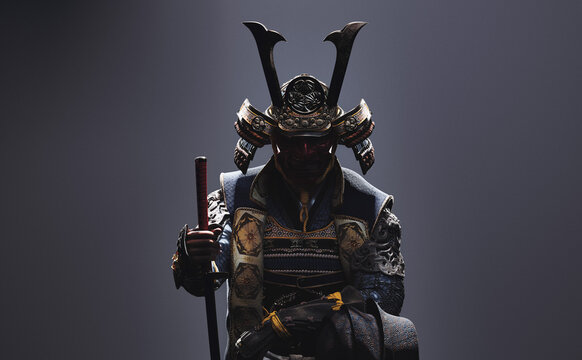
In today's article, we will dissect the fascinating history of samurai armors, examining their construction, evolution, and the indelible marks these armors have left not only on Japanese tradition but also in global popular culture, including video games, manga, and anime. Join us on a journey through the ages that will reveal how these armors became an integral part of the samurai legend.
Construction of Samurai Armors
 Dou (Cuirass)
Dou (Cuirass)
The cuirass, known as dou [胴 – "torso"] in Japanese, stands at the heart of the samurai armor, providing protection for the torso. Its construction consists of multiple layers of metal or leather plates, interconnected to create an effective barrier against strikes and cuts. The dou can be fashioned in various styles, each aimed at balancing protection, mobility, and weight so the samurai could maneuver effectively on the battlefield. Particular attention is paid to the aesthetics of the cuirass, often adorned with lacquer, gold plating, and inlays, highlighting the warrior's status and individuality.
 Kabuto (Helmet)
Kabuto (Helmet)
The samurai helmet, kabuto [兜 – "helmet"], is perhaps the most distinctive element of the armor, combining head defense with deep symbolic significance. It consists of a metal shell, which can be one-piece or composed of several interconnected metal plates. The kabuto includes elements such as the menpo [面甲 – "face armor"] – a protective mask often depicting fearsome facial features to intimidate the opponent, and the shikoro [シコロ] – a neck guard made of layered lamellae connected in a way to provide flexibility and protection. Helmets were often richly decorated, with symbolic maedate (front decorations) and fukigaeshi (winged sides, 吹返し, lit. "something that turns the wind").
Kusazuri
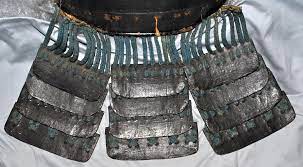
 Sode
Sode
The shoulder protectors, known as sode [袖 – "sleeve"], shield the upper part of the arms from overhead strikes. These large, flat plates are suspended on the shoulders using special ties that allow for freedom of movement. Like other armor components, the sode is often richly decorated, potentially including heraldic elements.
 Haidate and Suneate
Haidate and Suneate
The haidate [佩楯 – lit. "protectors worn at the side"] are thigh guards, while the suneate [臑当 – "shin guards"] protect the shins. Both these elements are made from plates interconnected in a way to allow both protection and mobility. Often, a combination of lamellae and kusari (chain links) is used to provide an optimal balance of flexibility and protection.
 Kote
Kote
Armored gloves, known as kote [籠手 – "hand cage"], consist of forearm guards connected to gloves. They include metal or leather plates on the outside and inside of the material, protecting the hands and forearms from cuts. Kote may also include chain links (kusari) for additional protection and are often decorated in a manner matching the rest of the armor.
 Kogake
Kogake
Though less known, elements such as kogake [コガケ] – foot protectors made in the style of traditional Japanese socks (tabi), provide additional protection and are a testament to the level of detail samurai put into their armor. They offer not only protection but also maintain the aesthetic consistency of the warrior's entire attire.
Every element of a samurai's armor was carefully thought out to provide maximum protection while maintaining mobility and aesthetics, simultaneously emphasizing the wearer's social status. This harmony between functionality and artistic form is one of the distinctive features of samurai armors compared to other martial traditions.

Not Just Knowing How to Fight, But How to Dress in Armor
The attached image illustrates the detailed process of dressing in samurai armor step by step, from the basic elements of clothing to the full equipment of the warrior. This is a testament to the refined tradition and skills that were necessary for samurai to prepare for battle (image by courtesy of myArmoury.com).
 The Process of Dressing in Armor
The Process of Dressing in Armor
Dressing in samurai armor was a ritual that required time, patience, and often assistance from servants or "goshi" [助士 – "warrior assistant"] - supporting warriors. This process could take from half an hour to an hour, depending on the complexity and richness of the armor's decorations. The samurai began by putting on the fundoshi (traditional Japanese underwear), followed by other parts of the attire, such as the kosode (short kimono), hakama (wide trousers), and then protective layers like haidate (thigh guards) and kote (forearm guards).
Assistance in Dressing
Given the complicated construction and weight of the armor, an assistant was indispensable, especially when putting on the kirysu (dou) and kabuto (helmet), which were difficult to fit properly without support. The servants also helped in adjusting the numerous straps and ties, ensuring optimal fit and mobility. The protectors suneate (shin guards) and kusazuri (hip and thigh guard) required precise fitting to not restrict the samurai's movements during marching or horseback riding.
 Weight and Functionality of the Armor
Weight and Functionality of the Armor
A full set of samurai armor could weigh from 20 to over 30 kilograms, depending on the materials and richness of decorations. It was important to evenly distribute the weight, which in turn affected the samurai's ability to wear the armor for extended periods and be effective on the battlefield. Proper fitting was key to ensuring maximum protection while maintaining the ability for quick and fluid movements, so crucial in samurai martial arts. All elements were designed with an optimal balance between protection and mobility in mind, allowing samurai to effectively wield their weapons and endure during skirmishes and battles.
The History of Samurai Defensive Weaponry
 Heian to Kamakura Period (794-1333)
Heian to Kamakura Period (794-1333)
The beginnings of samurai armor trace back to the Heian period, with the first examples of o-yoroi [大鎧, "great armor"], worn by the cavalry. This armor was constructed from wide plates (tachi), protecting the entire body and decorated to emphasize the warrior's status. During the reign of Emperor Kammu (781-806), when the first regular military units were formed, o-yoroi became the standard for high-class warriors - bushi.
In the Kamakura period, under the rule of the first shogun Minamoto no Yoritomo (1147-1199), the o-yoroi was modernized. The developing feudal system and the need to mobilize larger forces necessitated the creation of more practical armor. Shields do-maru [胴丸, "entire torso"], which better fitted the body and allowed greater agility, became more popular among lower-ranking samurai who could not afford the expensive o-yoroi.
 Muromachi Period (1336-1573)
Muromachi Period (1336-1573)
Developments in martial arts and changes in warfare tactics led to the creation of dō-maru and haramaki type armors. The Muromachi period is credited with the development of haramaki, which had a simpler, more functional design. This era was also when bushidō - the way of the warrior - began to take shape as a philosophy. Martial arts such as kenjutsu and kyūjutsu (swordsmanship and archery) reached peaks of popularity.
 Azuchi-Momoyama to Edo Period (1568-1868)
Azuchi-Momoyama to Edo Period (1568-1868)
European influences, which reached Japan with the arrival of the Portuguese in 1543, significantly impacted the development of tosei gusoku, or "modern armor". During the Azuchi-Momoyama period, under the efforts of Oda Nobunaga (1534-1582), Toyotomi Hideyoshi (1537-1598), and Tokugawa Ieyasu (1543-1616), who sought to unify Japan, tosei gusoku armors became more uniform and adapted to the new type of warfare, including confrontations with firearms.
 The End of the Samurai Era
The End of the Samurai Era
The Meiji Period (1868-1912) marked the end of traditional samurai armors. The Meiji Restoration and the modernization of the army, influenced by Western patterns, meant moving away from feudal traditions. Samurai armors were replaced by uniforms, and equipment began to be modeled on European armies. The introduction of universal military service in 1873 and the Satsuma Rebellion in 1877, which was the last act of armed resistance by samurai, symbolically closed the history of samurai armors. From that moment, the samurai became a legendary figure, and his armor became a work of art and a symbol of bygone eras.
Meaning and Symbolism
 Aesthetics and Symbolism in Samurai Armors
Aesthetics and Symbolism in Samurai Armors
The samurai armor was more than just a means of protection; it was also a powerful means of social and individual expression. Colors and ornamentation not only reflected the prestige and wealth of the warrior but also served symbolic and sometimes even magical functions. For example, the color red, often used in armor lacquer, was intended to ward off evil and enemies, symbolizing courage and strength. Conversely, green could represent peace and harmony, essential in the life of a samurai.
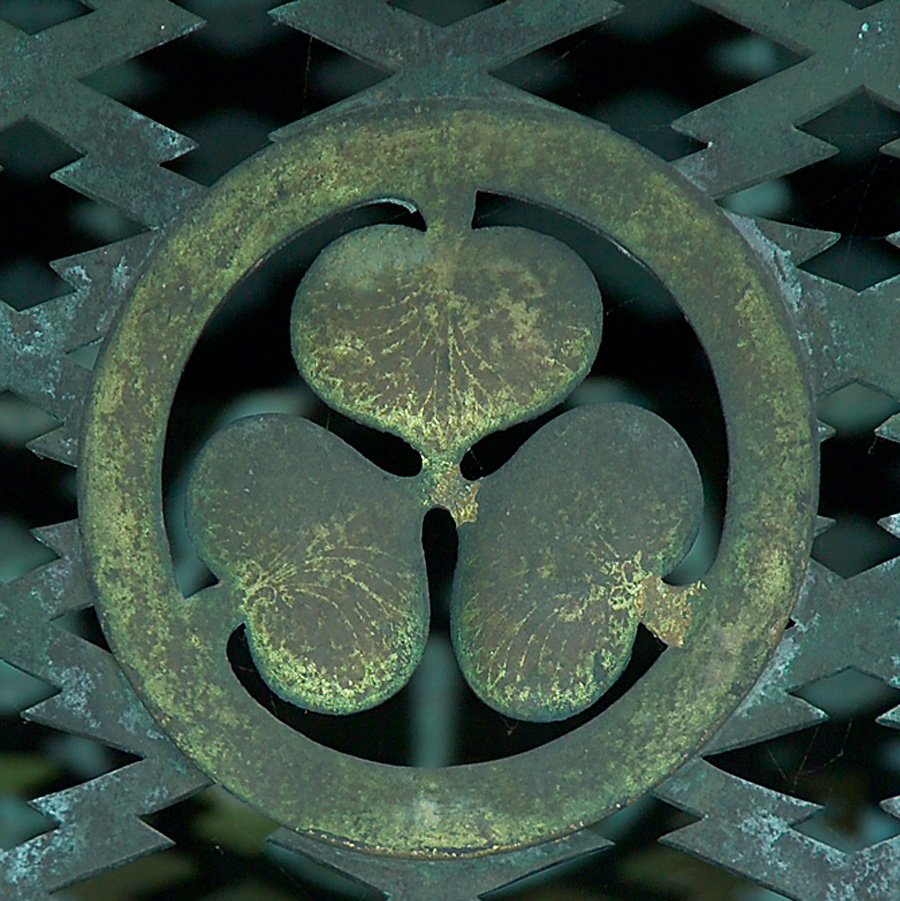
Armor in the Context of Bushidō
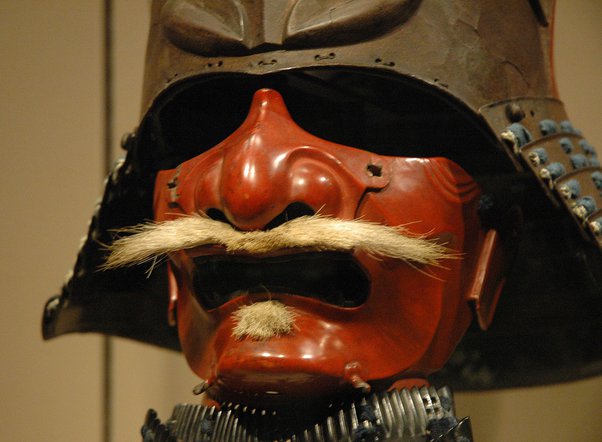
 Social Status and Identification
Social Status and Identification
Armors were also a clear sign of social status. Richly decorated armors were reserved for higher-ranking samurai and daimyō (feudal lords). For instance, decorations made of pure gold or expensive, imported materials were proof of the owner's wealth and influence. Also, the choice of motifs and the quality of mon execution reflected the social position and family history of the samurai.
In the Edo period (1603-1868), when peace and stability reduced the need for armors for combat purposes, armors became more ceremonial and refined, serving as an expression of family pride and cultural identity. Daimyō often passed their armors down as family heirlooms, emphasizing continuity and familial prestige.
In this way, every element of a samurai's armor reflected the complex relationship between functionality, aesthetics, social status, and the deeply rooted beliefs and values of the samurai culture.
 Craftsmanship and Masters of Ancient Armors
Craftsmanship and Masters of Ancient Armors
In ancient Japan, creating samurai armor was a form of artistic craft, requiring years of learning and experience. Craftsmen, known as katchū-shi [甲冑師 – ‘armor master”], were not only skilled artisans but also artists, for whom each armor was a work of art. Workshops, often run by families for generations, adhered to the secrets of their profession, and the skills acquired were passed down from father to son.
Every element of the armor – from the braided leather plates kozane, through complex lacquering, to intricate metal decorations – was an expression of deep respect for samurai traditions and their values. Armors were created not only with aesthetics in mind but also with an emphasis on functionality and durability, making each one unique and individually tailored to the wearer.
 The Art of katchū-shi Today
The Art of katchū-shi Today
The tradition of creating samurai armors has survived the centuries, though it has changed its face. Contemporary craftsmen, although no longer creating armors for battle purposes, still cultivate ancient techniques, creating replicas for museums, reenactors, and collectors. Modern methods allow for greater precision and durability, but those who wish to remain faithful to the originals still use traditional methods.
Many of today's masters consider themselves guardians of historical heritage, and their workshops often resemble mini-museums, where next to modern tools, historical exhibits are found. Japanese artisan-craftsmen, such as the families Myōchin or Saotome, are known for their extraordinary craftsmanship, and their names are recognizable among connoisseurs and collectors worldwide.
 Summary
Summary
Samurai armors are not just a key element of Japan's cultural heritage but also a fascinating subject of study in the fields of history, art, and even contemporary entertainment. Their evolution from simple leather armors to complex iron and steel constructions reflects changes in warfare tactics as well as technological and artistic development in Japan.
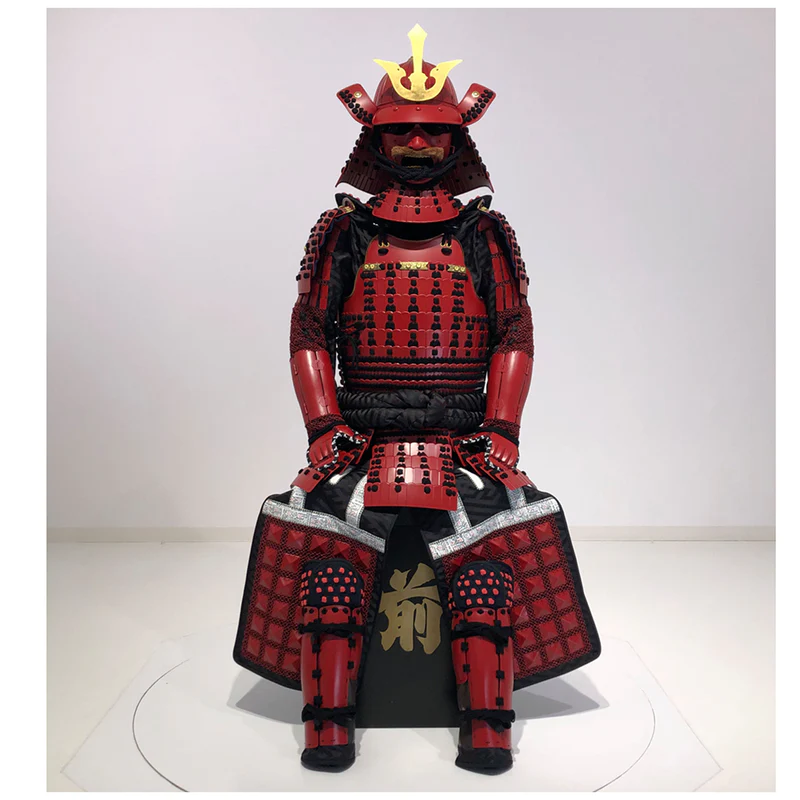
Ornaments on samurai armors often drew inspiration from the rich tradition of Japanese mythology and folklore, including stories of youkai and oni – demonic creatures known for their strength and cunning. It was believed that placing images of these powerful beings on armors could transfer their power to warriors, adding courage in battle and scaring opponents.
For example, menpo masks could depict the faces of oni with exaggerated features, such as large, menacing eyes and twisted, demonic smiles, intended to deter the enemy and showcase the samurai's fearlessness. Similarly, decorations on kabuto, such as maedate (frontal ornaments of helmets), could depict characters from Japanese legends, such as dragons or other mythical beasts, symbolizing strength and protection.
Samurai armors are not just a historical element but also a living heritage that continues to inspire and fascinate people worldwide, being one of the most recognizable symbols of Japan.

>> SEE ALSO SEIMILAR ARTICLES:
Date Masamune - The Samurai from the 16th Century as the Forerunner of Darth Vader
Tomoe Gozen, the Samurai Woman: 'A Warrior Worth a Thousand, Ready to Face a Demon or a God'
Ashigaru vs. Samurai – Who Truly Won Japan's Battles?
Sword Master and Wordsmith Miyamoto Musashi: Samurai, Artist, and Philosopher
The Enduring Legacy of the Bushido Code and Modern Samurai Clans
"Strong Japanese Women"
see book by the author
of the page
未開 ソビエライ
An enthusiast of Asian culture with a deep appreciation for the diverse philosophies of the world. By education, a psychologist and philologist specializing in Korean studies. At heart, a programmer (primarily for Android) and a passionate technology enthusiast, as well as a practitioner of Zen and mono no aware. In moments of tranquility, adheres to a disciplined lifestyle, firmly believing that perseverance, continuous personal growth, and dedication to one's passions are the wisest paths in life. Author of the book "Strong Women of Japan" (>>see more)
Personal motto:
"The most powerful force in the universe is compound interest." - Albert Einstein (probably)
Mike Soray
(aka Michał Sobieraj)
未開 ソビエライ
An enthusiast of Asian culture with a deep appreciation for the diverse philosophies of the world. By education, a psychologist and philologist specializing in Korean studies. At heart, a programmer (primarily for Android) and a passionate technology enthusiast, as well as a practitioner of Zen and mono no aware. In moments of tranquility, adheres to a disciplined lifestyle, firmly believing that perseverance, continuous personal growth, and dedication to one's passions are the wisest paths in life. Author of the book "Strong Women of Japan" (>>see more)
Personal motto:
"The most powerful force in the universe is compound interest." - Albert Einstein (probably)
Mike Soray
(aka Michał Sobieraj)
Write us...
Ciechanów, Polska
dr.imyon@gmail.com
___________________
inari.smart
Would you like to share your thoughts or feedback about our website or app? Leave us a message, and we’ll get back to you quickly. We value your perspective!
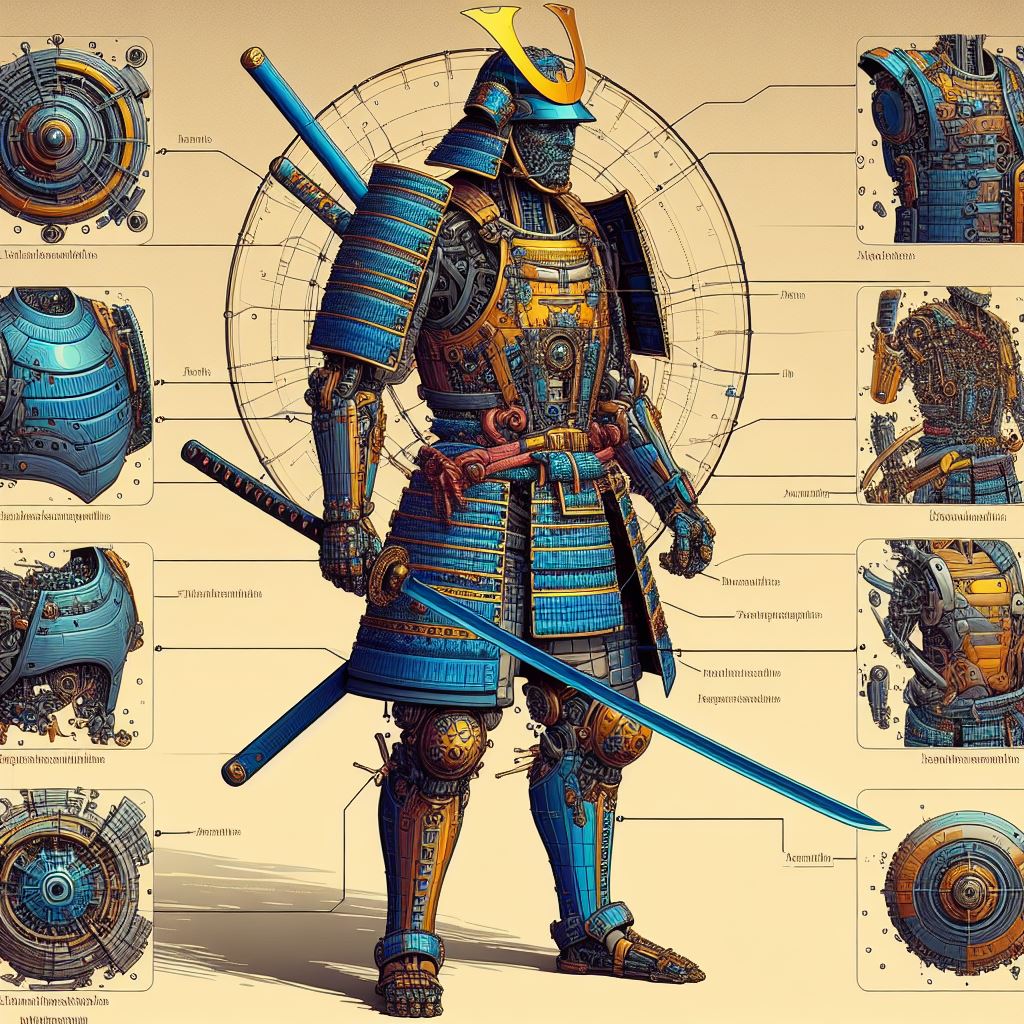 More Than Just Protective Gear
More Than Just Protective Gear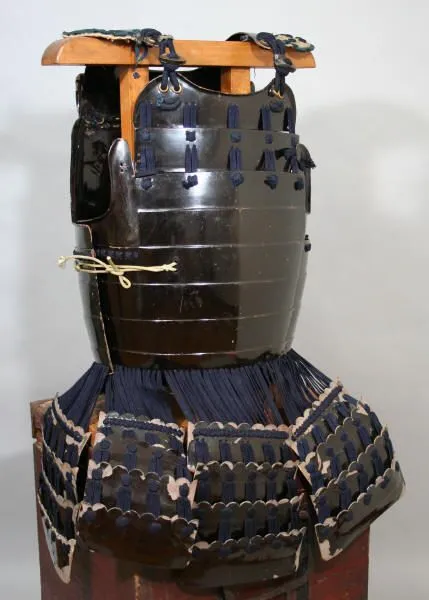 Dou (Cuirass)
Dou (Cuirass)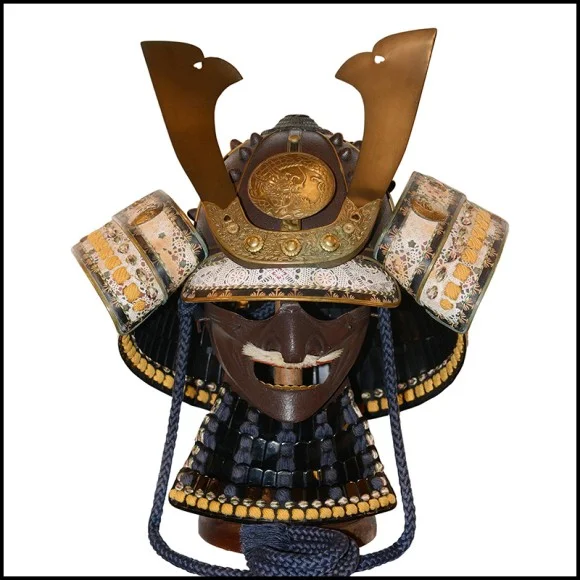 Kabuto (Helmet)
Kabuto (Helmet)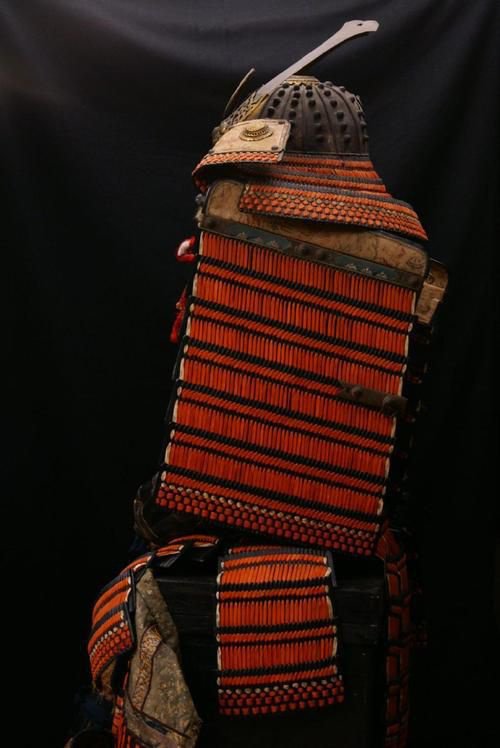 Sode
Sode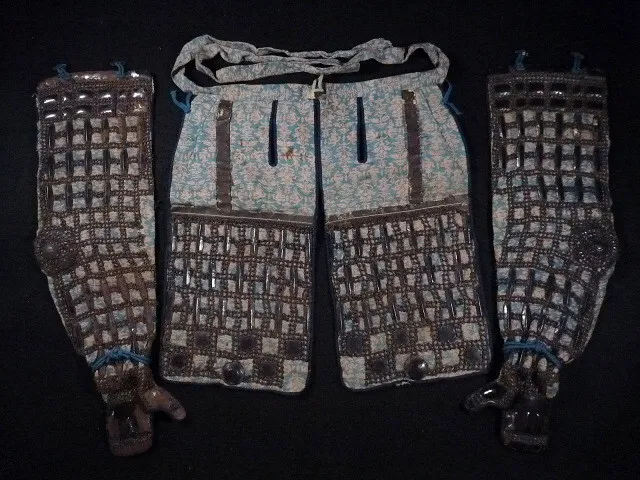 Haidate and Suneate
Haidate and Suneate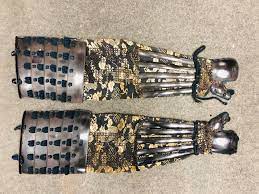 Kote
Kote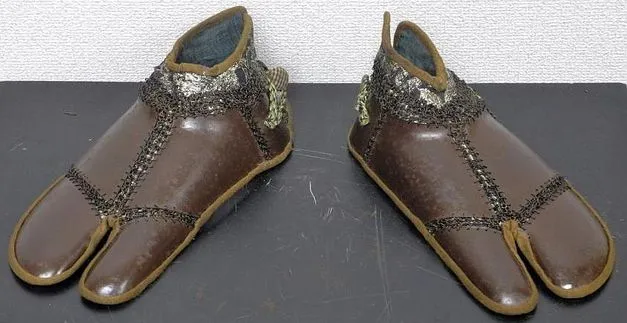 Kogake
Kogake
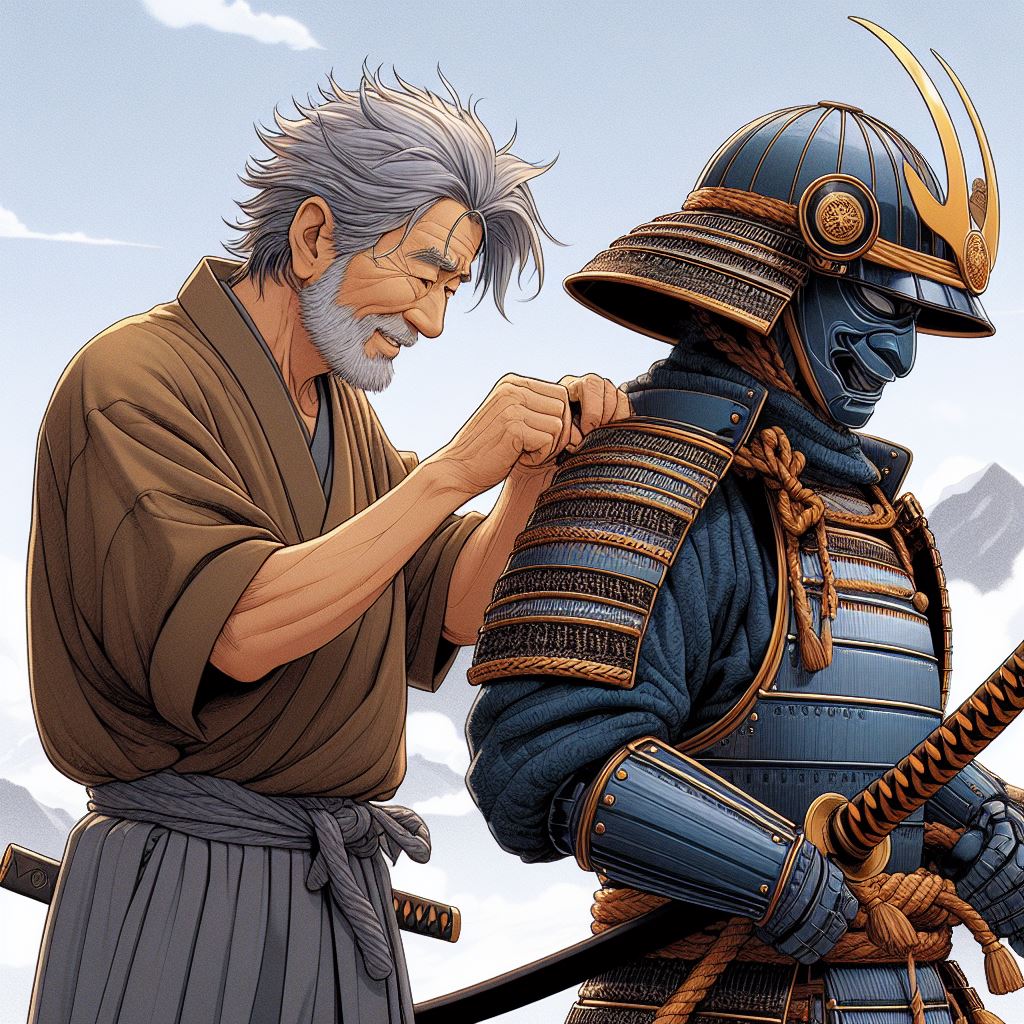 The Process of Dressing in Armor
The Process of Dressing in Armor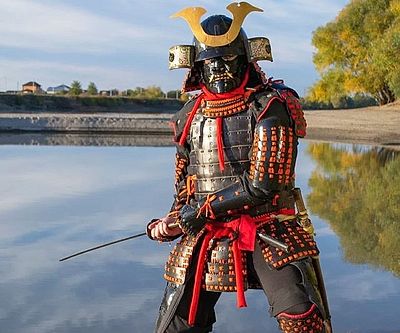 Weight and Functionality of the Armor
Weight and Functionality of the Armor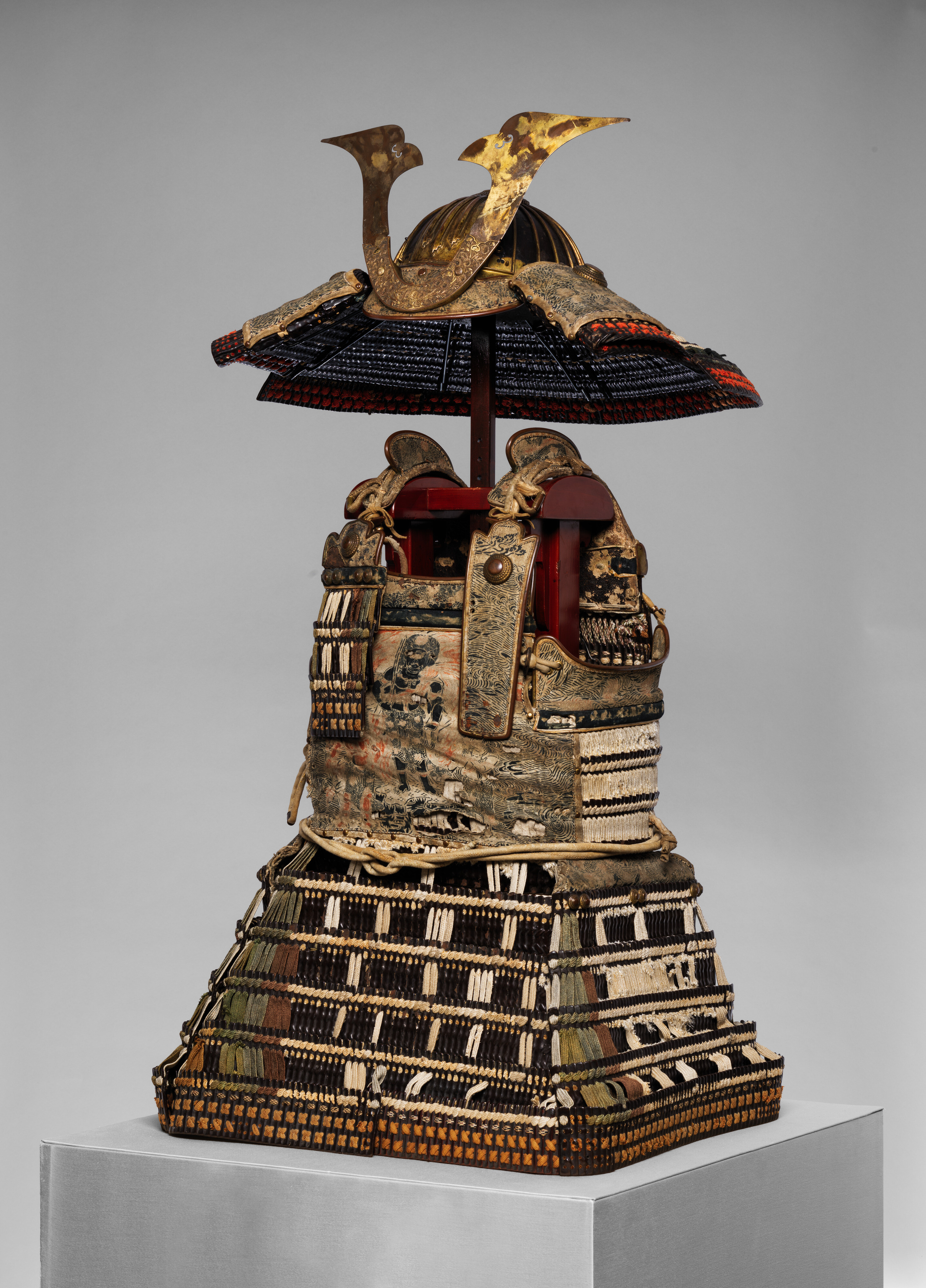 Heian to Kamakura Period (794-1333)
Heian to Kamakura Period (794-1333)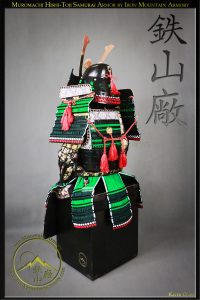 Muromachi Period (1336-1573)
Muromachi Period (1336-1573)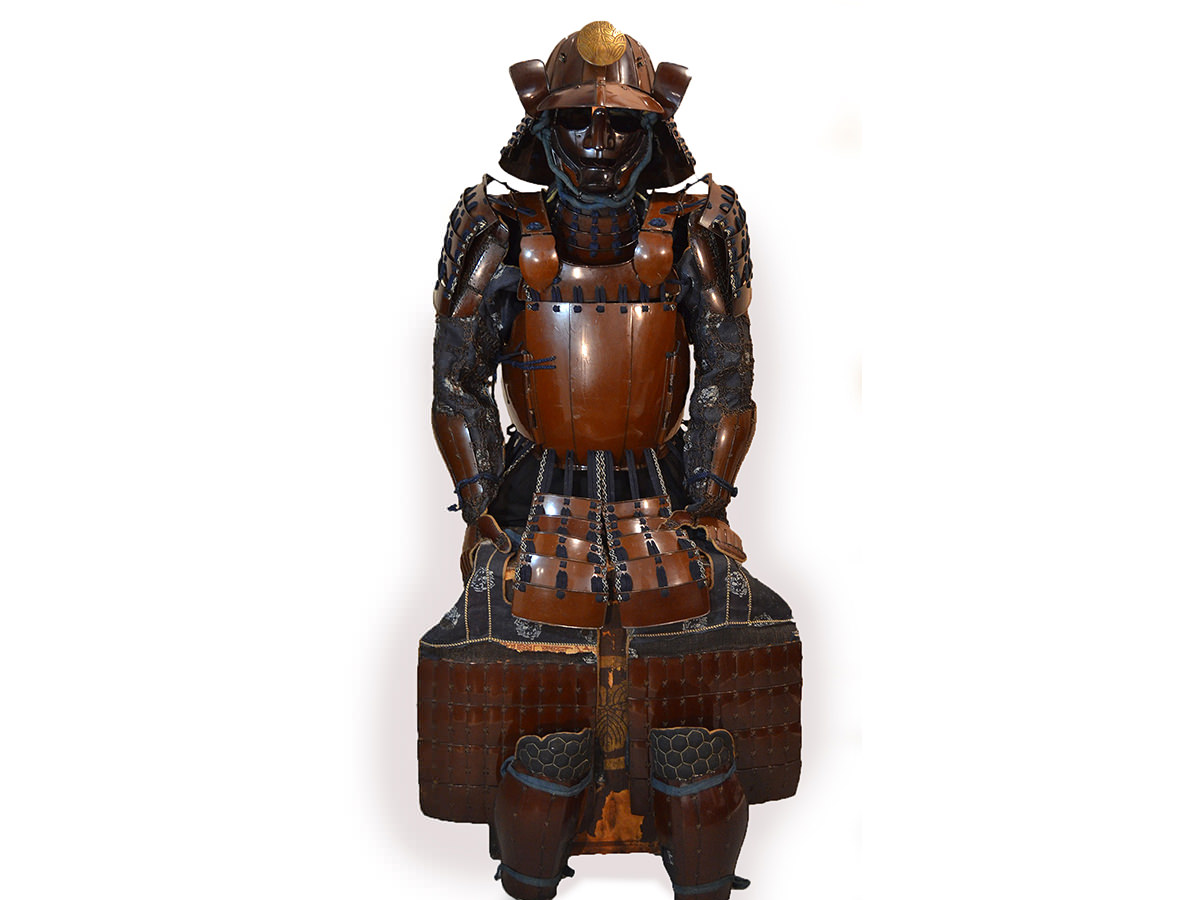 Azuchi-Momoyama to Edo Period (1568-1868)
Azuchi-Momoyama to Edo Period (1568-1868)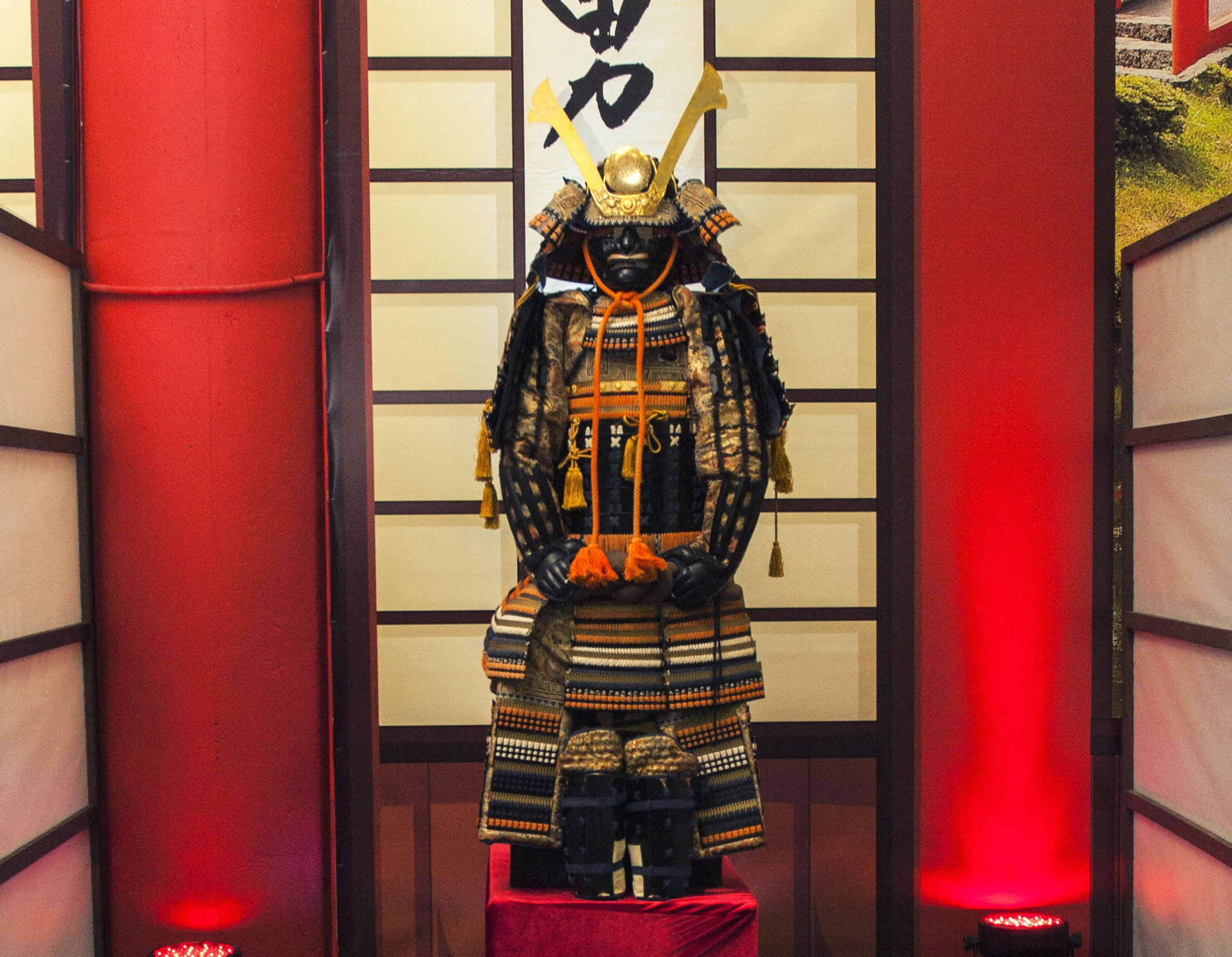 The End of the Samurai Era
The End of the Samurai Era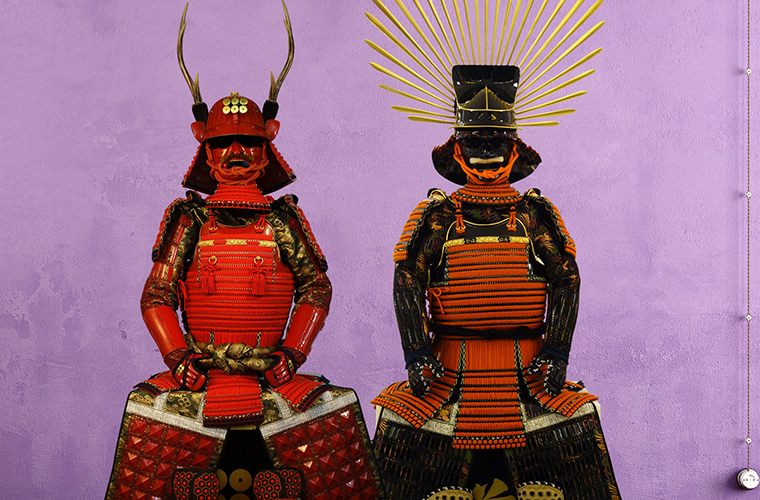 Aesthetics and Symbolism in Samurai Armors
Aesthetics and Symbolism in Samurai Armors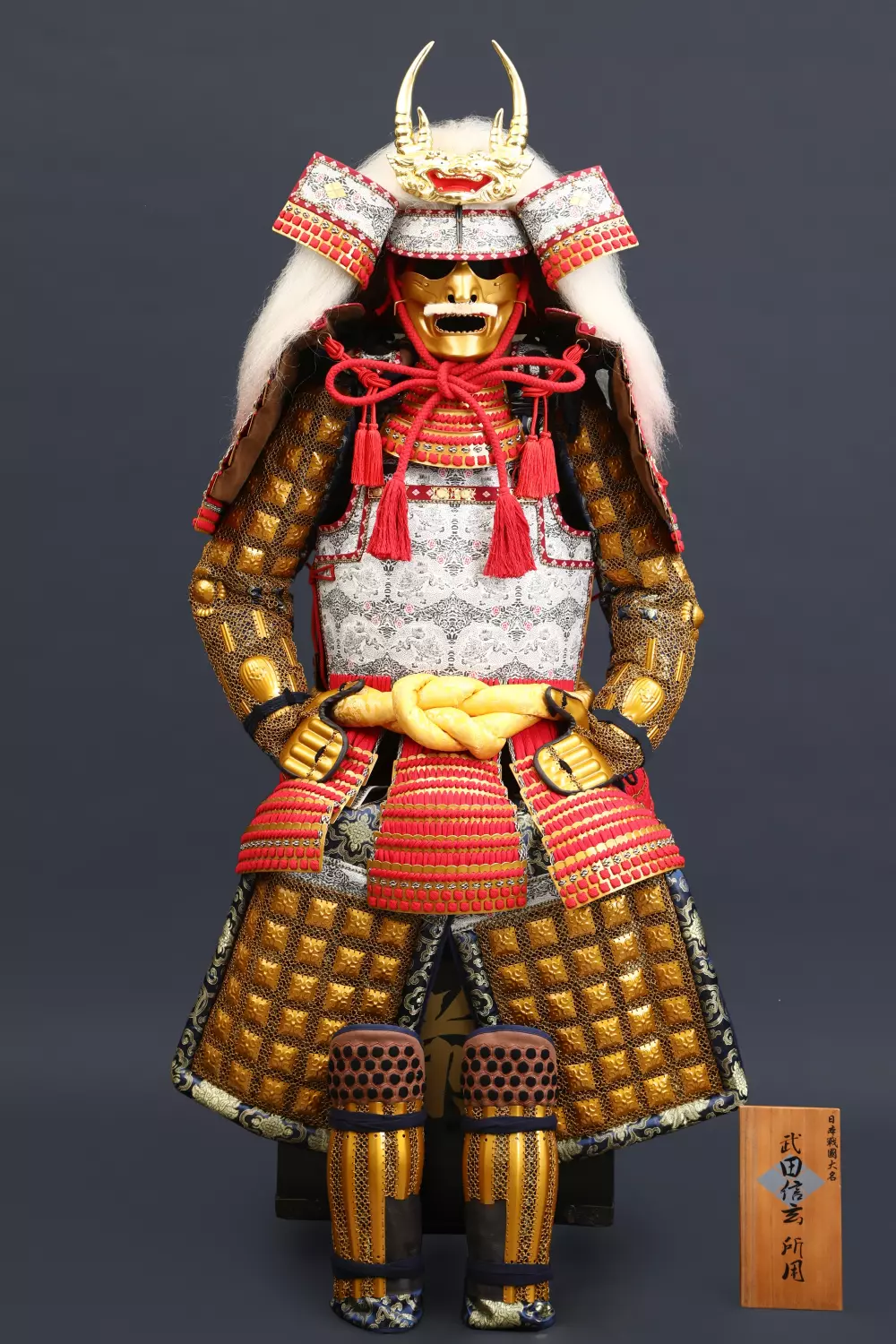 Social Status and Identification
Social Status and Identification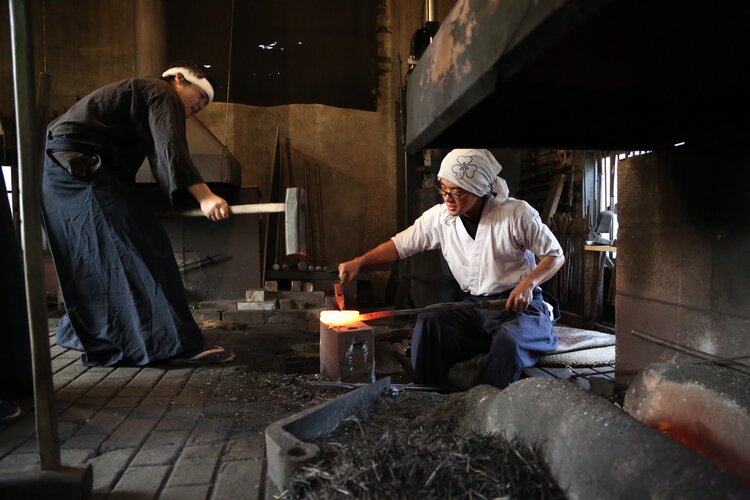 Craftsmanship and Masters of Ancient Armors
Craftsmanship and Masters of Ancient Armors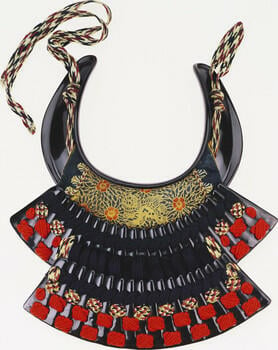 The Art of katchū-shi Today
The Art of katchū-shi Today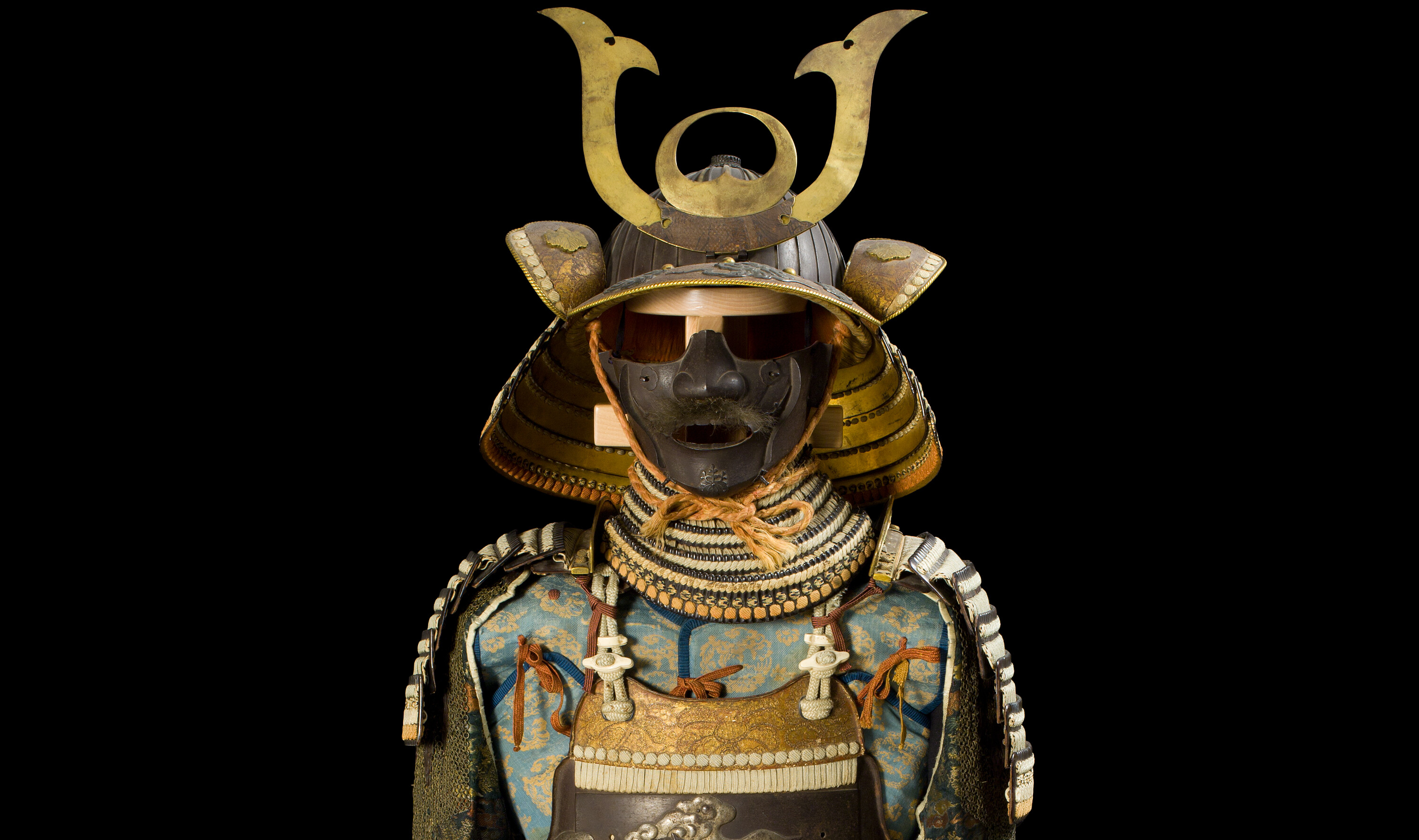 Summary
Summary
